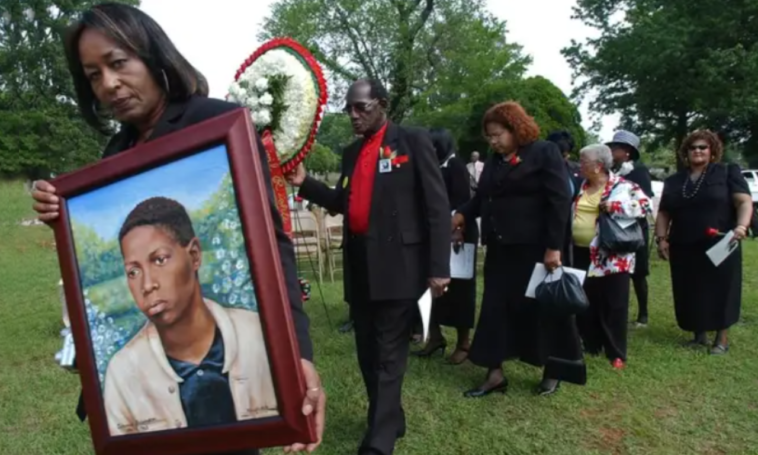On September 15, 1963, a church explosion that the Ku Klux Klan had prepared resulted in the deaths of four Black girls.
Did you know that in addition to the adults, two young boys died as a direct consequence of this tragedy? Every year, we mourn the lives of the innocent people who were taken from us too soon.
14-year-olds Addie Mae Collins, Cynthia Wesley, and Carol Robertson, together with 11-year-old Denise McNair, were slain just before Youth Sunday service at the 16th Birmingham Baptist Church after the Ku Klux Klan put explosives beneath the stairway of the church.
The explosion occurred right before the start of the service. The force of the explosion was so great that it destroyed the women’s lavatory in the basement, where the four young ladies were.
A fifth girl, Ms. Collins’s sister, was still alive under the wreckage, although she had sustained irreversible damage to both of her eyes due to the incident.
The brutal murders of these young girls were remembered for many years as a period of racial fear that stoked the fire behind the battle for civil rights. Even though they are no longer alive, the dread continues.
Just six hours after the incident, two Black males, Johnny Robinson, age 16, and Virgil Ware, age 13, were shot and murdered in the aftermath.

Around the corner from a petrol station on 26th Street, Johnny and a few other black youths were hanging out together.
The situation was stressful. As they passed, white children were seen brandishing Confederate flags and throwing soda pop bottles out of moving vehicles. They insulted Robinson and his group in a racist manner back and forth.
In 1963, eyewitnesses reported to the FBI that Johnny was part of a gang of youngsters who hurled rocks at a vehicle adorned with a Confederate flag. The incident allegedly took place in Alabama.
The pebbles failed to reach their target and instead collided with another car. At that time, a police cruiser pulled up to the scene.

Officer Jack Parker, who had been on the all-white police force for over a decade, was seen sitting in the vehicle’s back seat with a shotgun aimed out the window. The alleyway was inaccessible because of the police cruiser.
Gillis describes the situation: “The crowd was running away, and Mr. Robinson had his back [turned] as he was running away.” “And the shot went right through him, hitting him in the back.”
On the other hand, Ware was traveling on a bike with his brother when he was attacked by a gang of white guys who wrongly recognized him as another black youngster who had thrown a brick at them.
Ware was targeted because the white lads believed he was the same boy. Ware was shot in the chest and the face as one of the white teenagers tried to “scare” him by pulling the trigger on his handgun.

The commotion that ensued as a direct result of the bombing undoubtedly captured the majority of the nation’s attention. Yet, it seems that this caused the lives of these two young men to be relegated to the background.
Who knows whether any more innocent black people were murdered on that day?
“People don’t understand the ripple effects that these acts of terror have on our community,” said the victim of one of the attacks.
It wasn’t only limited to religious institutions. According to DeJuana Thompson, president of the Birmingham Civil Rights Institute, “There were impacts felt throughout different parts of the city, and those stories are important to tell, as well.”






GIPHY App Key not set. Please check settings